Only 4 more sleeps until the big day, Merry Christmas everyone!

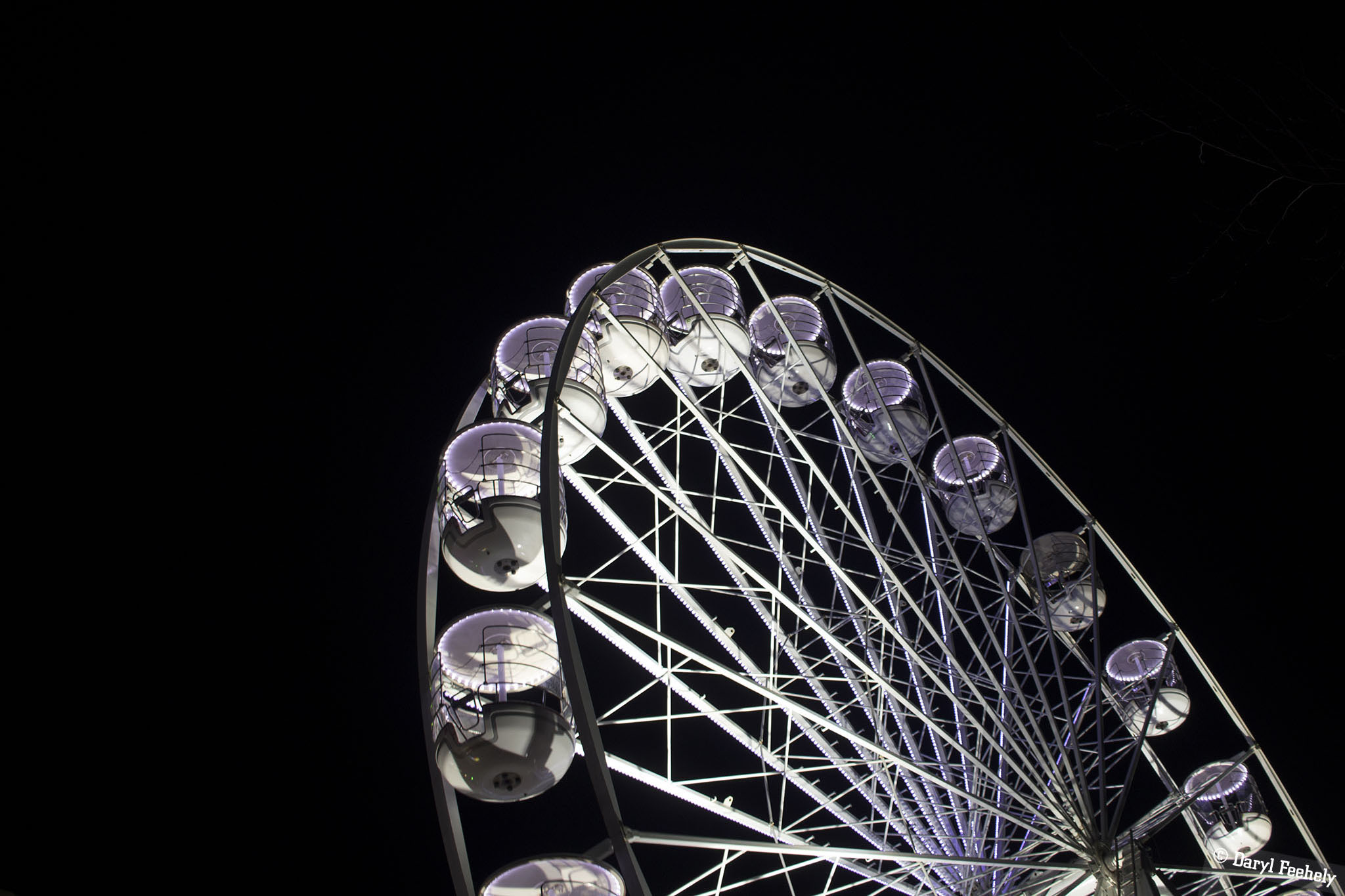
Image: The Winter Wonderland Big Wheel in Swansea. This photo is available to licence on EyeEm.
Only 4 more sleeps until the big day, Merry Christmas everyone!

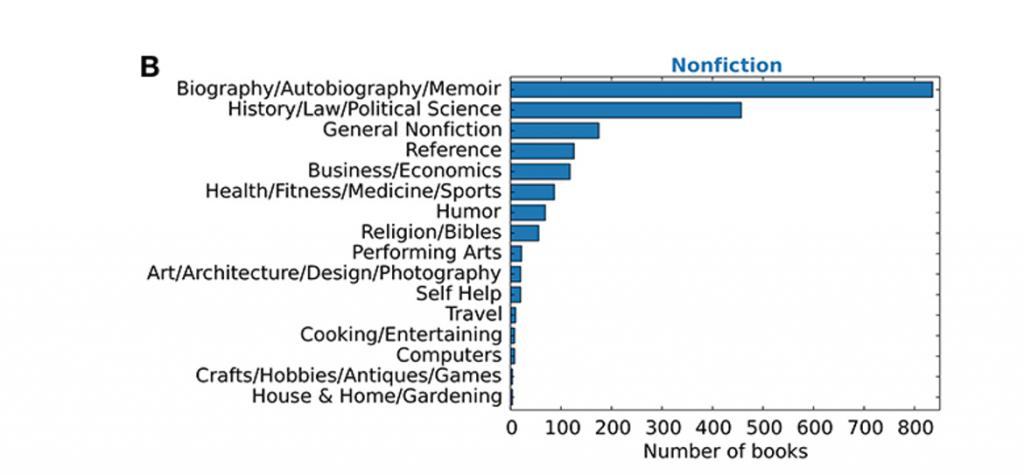
Image: Marketwatch
Data scientist Albert-Lázló Barabási analysed the sales patterns of 4,493 fiction and non-fiction books that made the New York Times bestseller list for hardcovers over thee last decade. The findings show the most popular categories of fiction and non-fiction books, that most book sell the most in their first week and that new-comers are best placed for success with book launches in February of March.

Image: New Atlas
New York engineering firm Pliant Energy Systems have developed a robot that uses undulating fins to propel itself. The fins allow the robot to move easily over different terrains like water, ice and sand.

Image: a16z.com
Andreessen Horowitz have published a handy post listing the different types of metrics that can be used to measure network effects in software and marketplace businesses. The list progresses from the basic organic vs paid users metric up to metrics like market depth and unit economics.
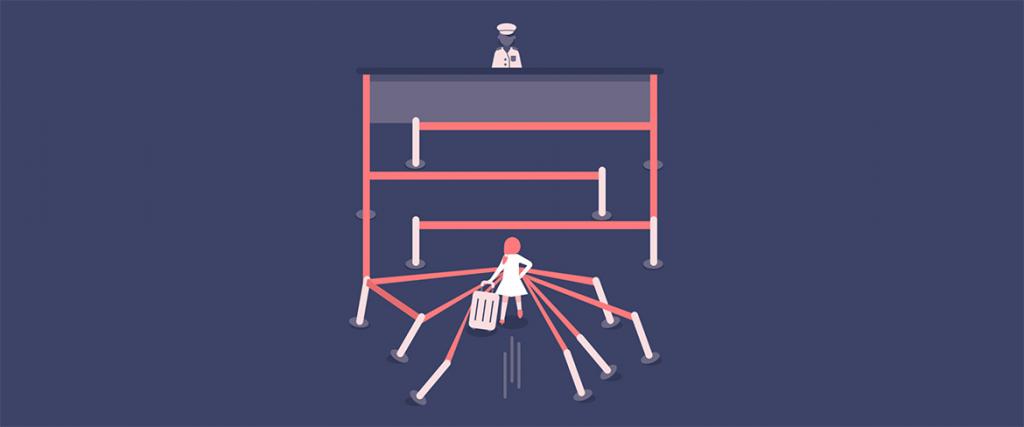
Image: coglode.com
Coglode are back with another great behavioural pattern called Reactance. This is the scenario where controlling people's sense of freedom can trigger an angry motivation to regain it. An example in commerce is an online shop to uses too many scarcity game dynamics to scare the user into purchasing because there are only "2 seats left at this price" and the "offer ends in 2 minutes 12 seconds". Reactance occurs when the user is so put off by this that they decline to purchase anything out of spite.
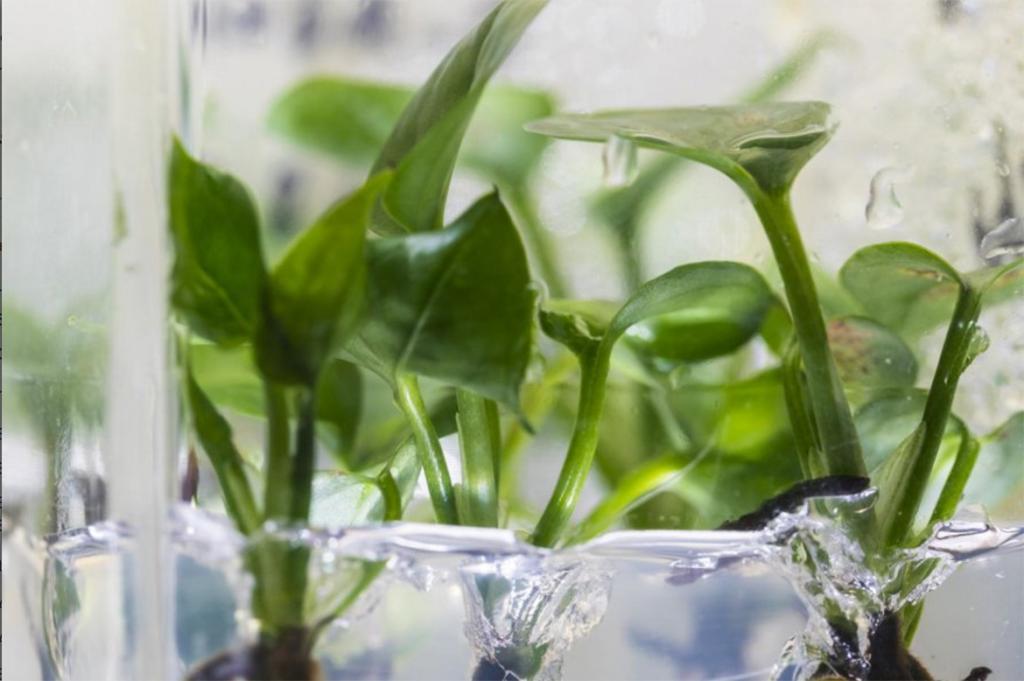
Image: Mark Stone/University of Washington
Researchers at the University of Washington have genetically modified a pothos ivy houseplant to remove chloroform and benzene from the air around it. The modified plants express a 2E1 protein that transforms the cholorform an benzene into molecules that the plants can then use to support their own growth.

Image: remove.bg
Developer Benjamin Groessing has developed and released Remove.bg, a free service that removes background from uploaded images using python, ruby and deep learning.

Image: ESA/Hubble, NASA, A. Simon (GSFC) and the OPAL Team, J. DePasquale (STScI), L. Lamy (Observatoire de Paris)
New Atlas has a nice collection of the best photos from space in 2018.
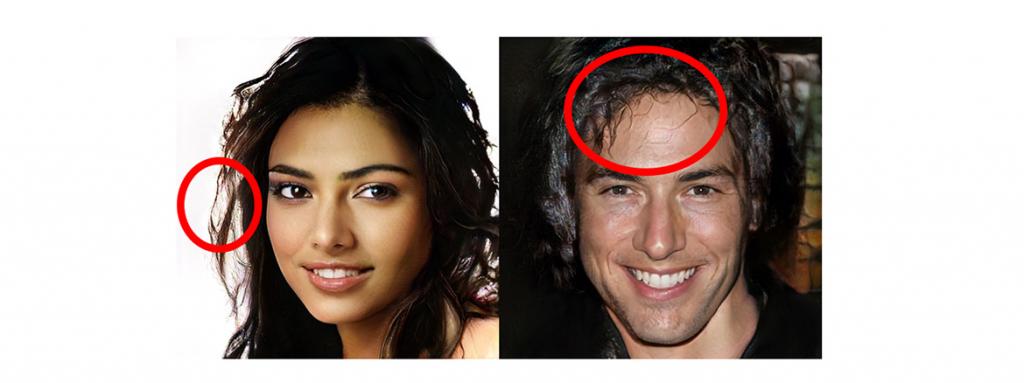
Image: Medium, Kyle McDonald
Kyle McDonald has a fantastic post about how AI generated faces can be spotted as fakes.
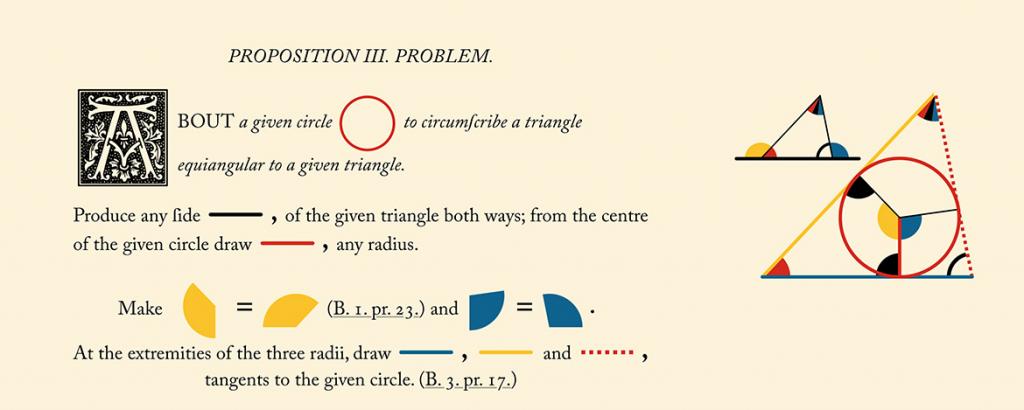
Image: c82.net
Found This Week is a curated blog of interesting posts, articles, links and stories in the world of technology, science and life in general.
Each edition is curated by Daryl Feehely every Friday and highlights cool stuff found each week.
The first 104 editions were published on Medium before this site was created, check out the archive here.
I’m a web consultant, contract web developer, technical project manager & photographer originally from Cork, now based in London. I offer my clients strategy, planning & technical delivery services, remotely & in person. I also offer freelance CTO services to companies in need of technical bootstrapping or reinvention. If you think I can help you in your business, check out my details on http://darylfeehely.com